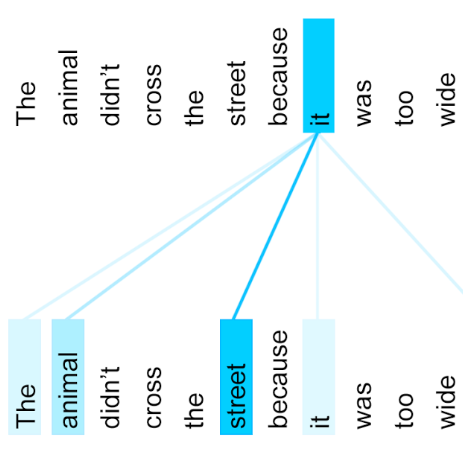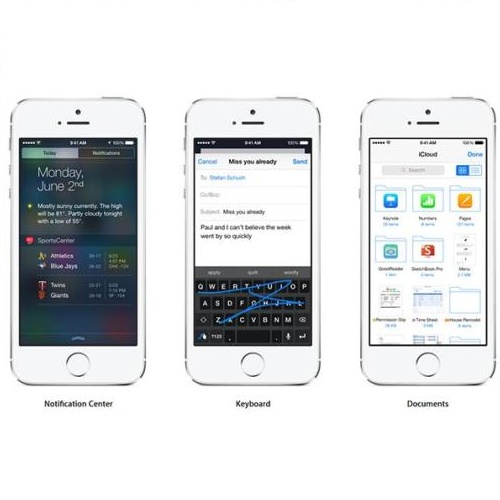Large, fine-grained image segmentation datasets, annotated at pixel-level, are difficult to obtain, particularly in medical imaging, where annotations also require expert knowledge. Weakly-supervised learning can train models by relying on weaker forms of annotation, such as scribbles. Here, we learn to segment using scribble annotations in an adversarial game. With unpaired segmentation masks, we train a multi-scale GAN to generate realistic segmentation masks at multiple resolutions, while we use scribbles to learn their correct position in the image. Central to the model's success is a novel attention gating mechanism, which we condition with adversarial signals to act as a shape prior, resulting in better object localization at multiple scales. Subject to adversarial conditioning, the segmentor learns attention maps that are semantic, suppress the noisy activations outside the objects, and reduce the vanishing gradient problem in the deeper layers of the segmentor. We evaluated our model on several medical (ACDC, LVSC, CHAOS) and non-medical (PPSS) datasets, and we report performance levels matching those achieved by models trained with fully annotated segmentation masks. We also demonstrate extensions in a variety of settings: semi-supervised learning; combining multiple scribble sources (a crowdsourcing scenario) and multi-task learning (combining scribble and mask supervision). We release expert-made scribble annotations for the ACDC dataset, and the code used for the experiments, at https://vios-s.github.io/multiscale-adversarial-attention-gates
翻译:在像素层面加注的微小图像分解数据集中,很难获取高、细微的图像分解数据集,特别是在医学成像中,说明也需要专家知识。 微弱监督的学习可以通过依赖较弱的批注形式(如书写字)来训练模型。 这里, 我们学会在对称游戏中使用粗略的分解说明进行分解。 使用未受调解析面罩, 我们训练一个多尺度的GAN, 在多个分辨率上产生现实的分解面罩, 而我们则使用缩略图来学习其在图像中的正确位置。 模型的成功核心是一个新颖的注意机制, 以对抗性信号作为先前的形状, 导致在多个尺度上更好地定位目标。 在对抗性调节时, 分解会学习注意地图, 抑制在目标外端的分解面层中消逝去的梯度问题。 我们评估了我们的一些医学模型(AC、 LVSC、 CHAOS) 和非医学级的模型( PPSS) 成功是一个新式的注意机制, 我们以对抗性信号信号信号信号信号信号信号信号信号作为前的形状, 。 我们还用了多级的分解数据分解的分解的分解模式 。





